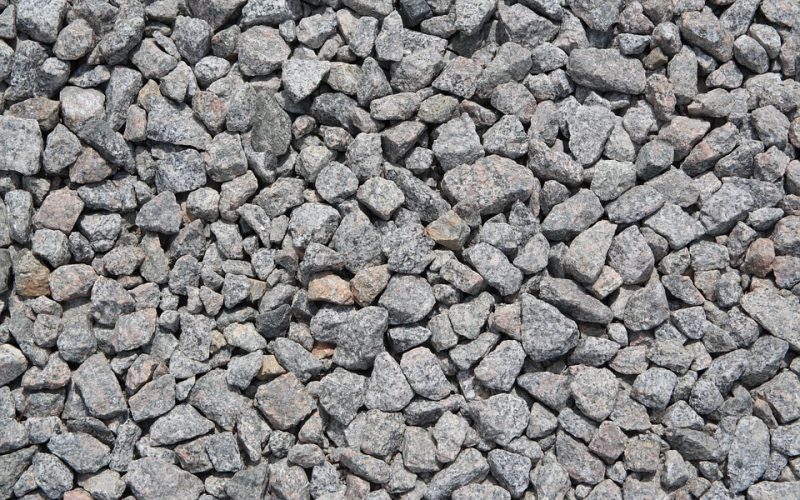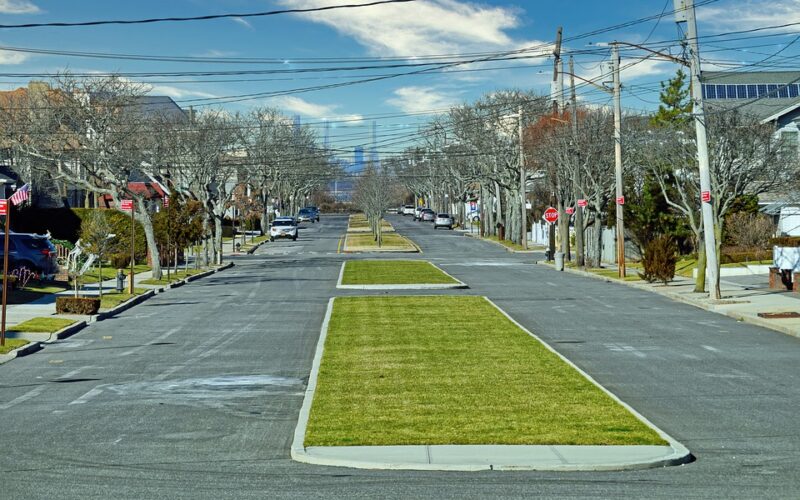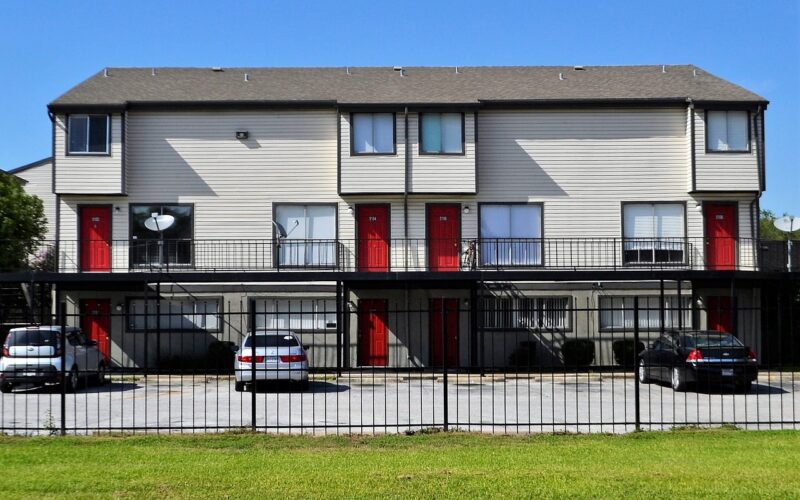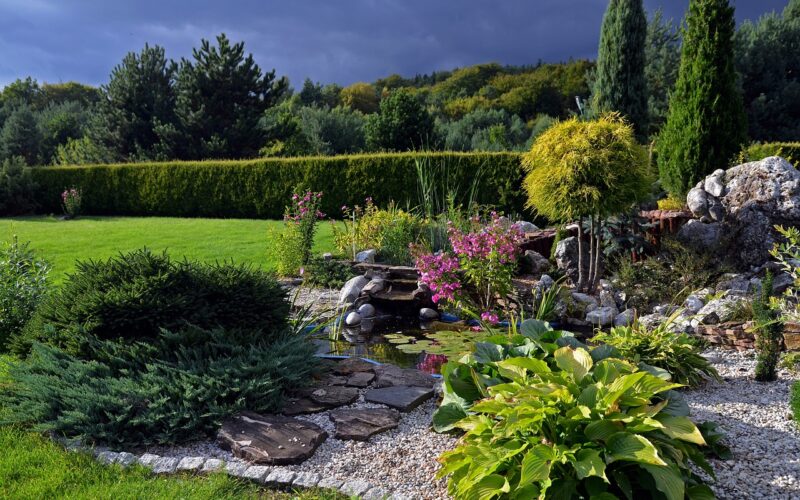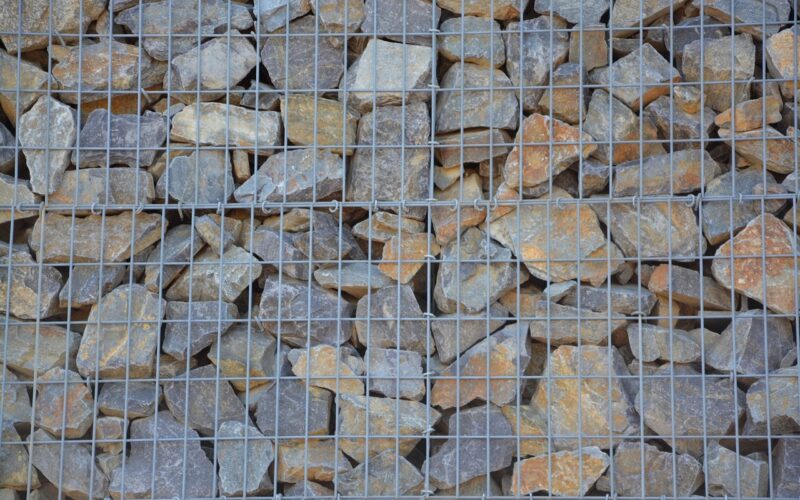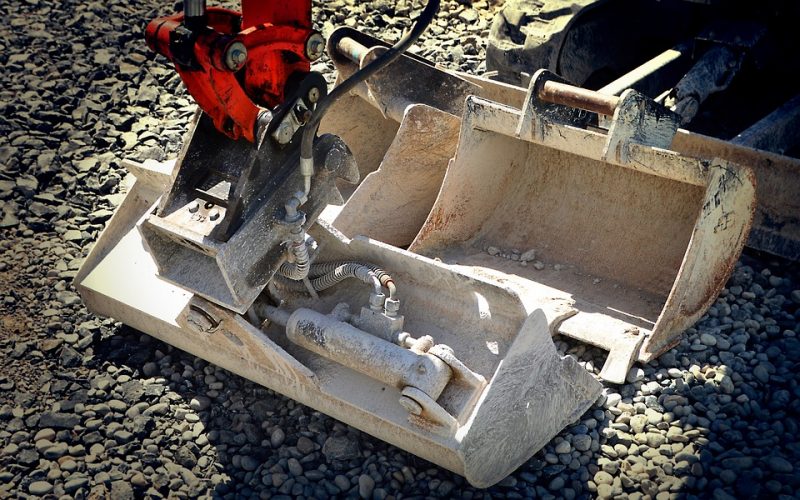Appealing Pavement Options
Buildings should be appealing to approach no matter their function. Homes have often been the subject of curb appeal, but factories and offices also add to their value when they look nice. Even a large parking lot can be a pleasant place to leave a vehicle. It only takes a few steps to create this type of curb appeal for industrial or office buildings. Modern building design plans now include parking areas in their overall plans.
Parking lots of commercial buildings have long been a pavement wasteland. They were an afterthought even though they were a necessity for the business. Size and number of vehicles were the only considerations in the past. Cost of materials alone was often the determining factor in creating these large paved lots. That is beginning to change as water drainage issues are being regulated. Builders and developers are now adding design to these neglected areas. Curb appeal is a by-product of these new designs, but it is a welcome change.
Modern regulations are largely responsible for basic choices in parking pavement. Aggregates are used to ensure rainwater will filter into the ground under these areas naturally, and the paving on top of the dried aggregates is chosen based on expected use. Heavy trucks must have flexible paving where they drive, load and unload. If a porous paving is used for an area with car parking, the water will soak through the pavement and allow natural drainage throughout the lot. Permeable paving options require gaps between pavers to accommodate water drainage. This is a good choice for walkways from the lot to the building.
Trees, grassy areas and swales have become an integral part of modern parking lots. They provide areas where water is absorbed into the ground locally rather than running into public storm water systems. Decorating them with local grasses, shrubs and trees makes them appealing to the eye. Using the best options for paving in each area allows buildings to be up to code as well as adding value to the property.

